The current coronavirus pandemic has given me a chance to do some spring cleaning at home, which in turn led me to revive some old computers that have been sitting idly in a closet. I figure I could put them to work doing interesting things.
Compaq 610 (2009-era 4GB Core 2 Duo)
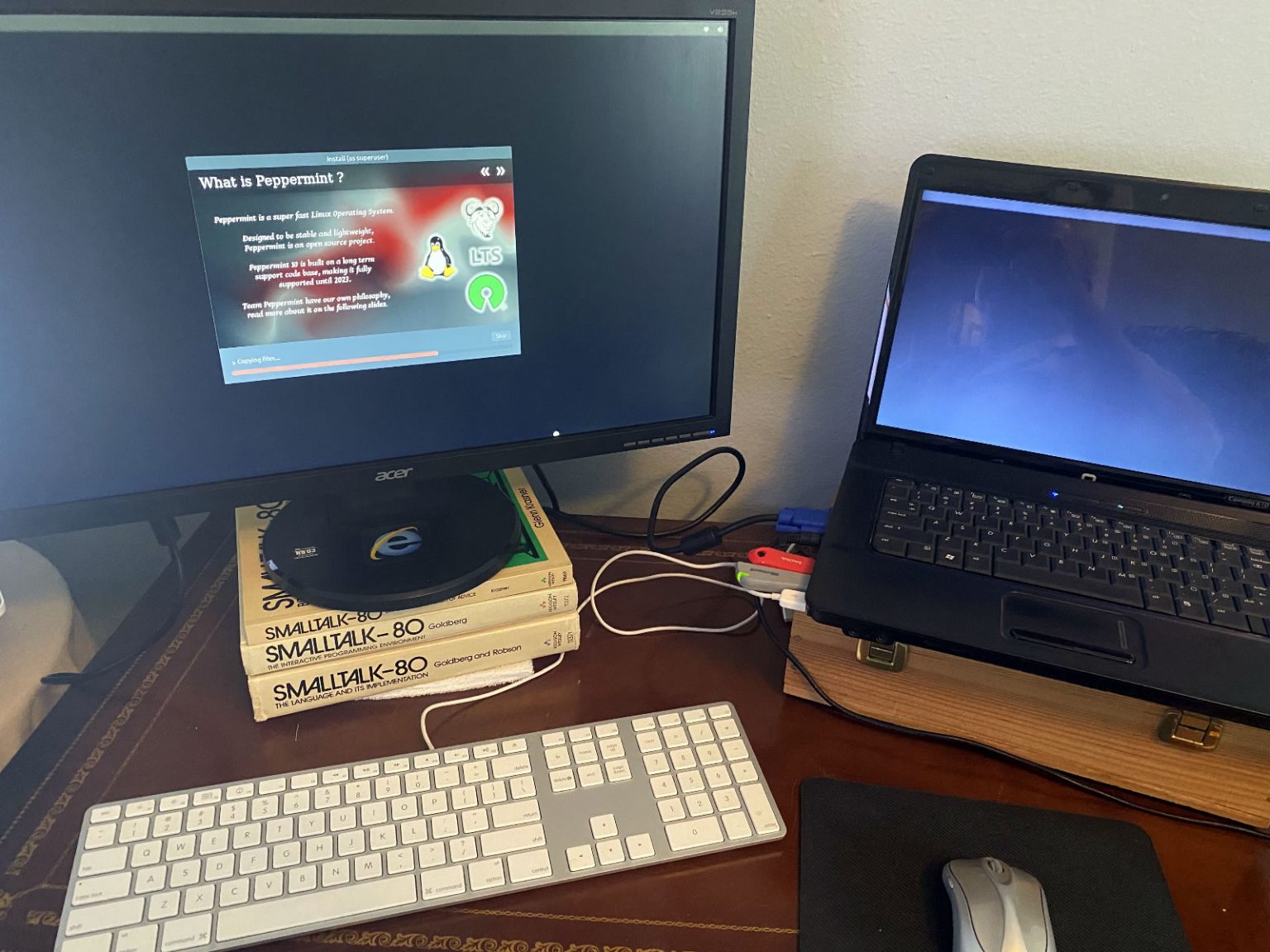
I’ve given an old Compaq 610 a new lease on life with Peppermint OS, a lightweight Linux distro that runs really well on old machines (the Compaq is a 2009-era machine with a Core 2 Duo processor). I also installed VS Code, Node, Anaconda, and React on it, making it a lean, mean machine for that upcoming Python course I’m teaching.
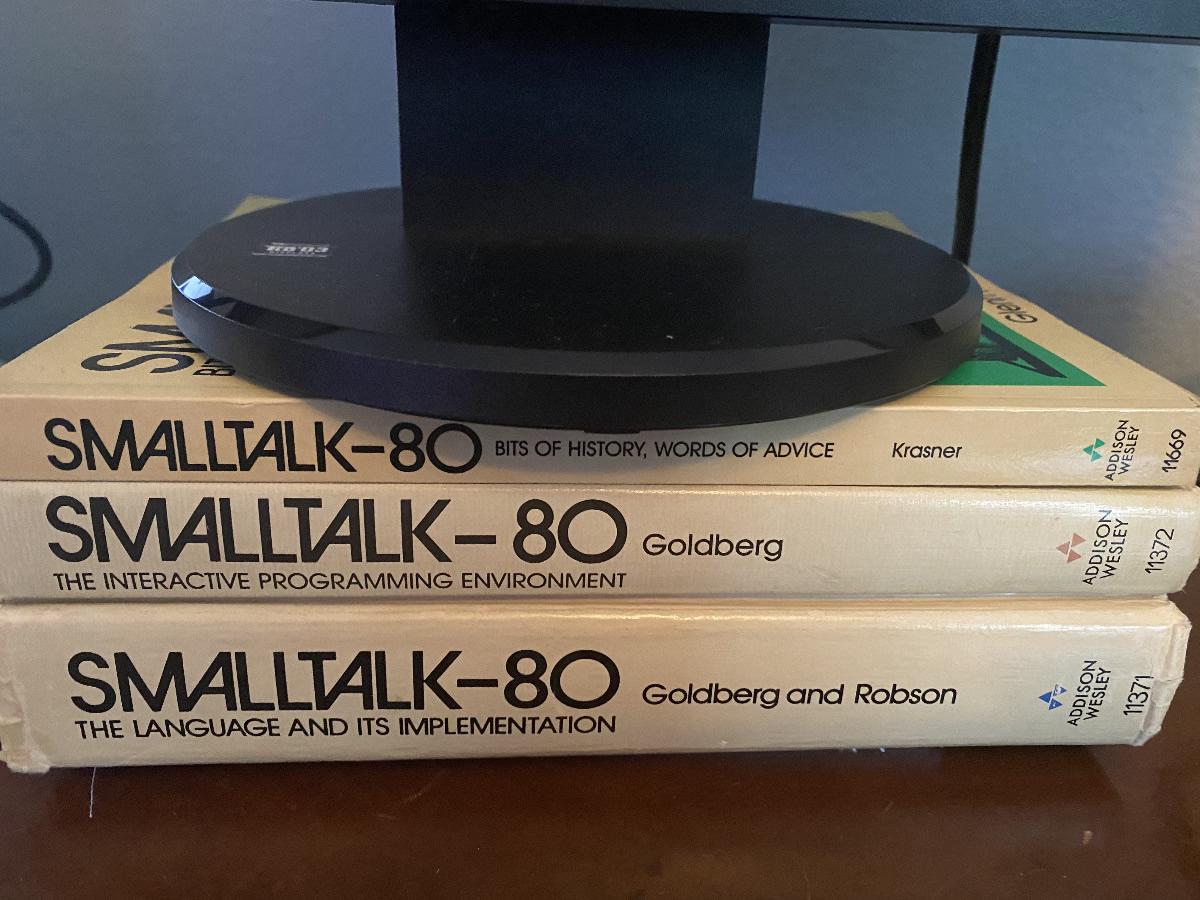
In the process, I also gave some old Smalltalk-80 books a new purpose as well: propping up the monitor that goes with the Compaq.
ThinkPad T430 (2012-era 16GB Core i5)
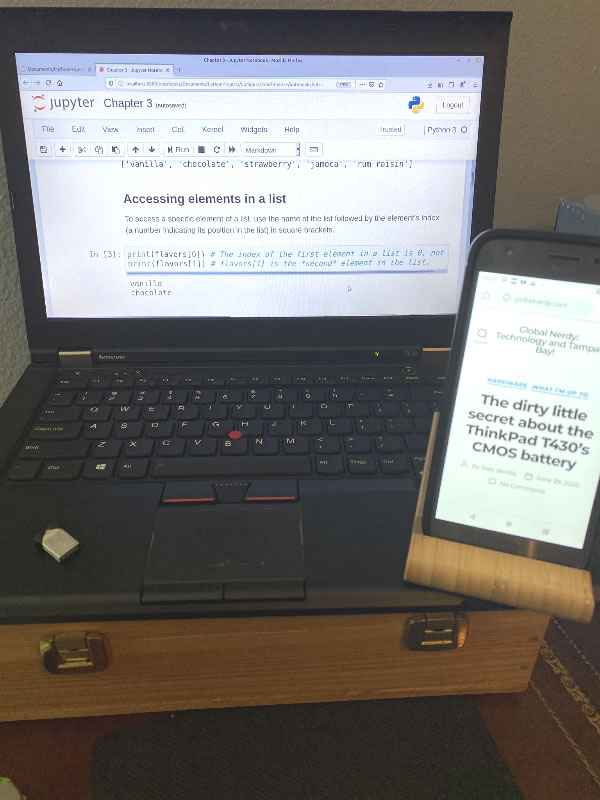
I replaced the CMOS battery on my trusty ThinkPad T430 and its older version of Ubuntu with Linux Mint. Its own internal wifi card finally died, and I simply decided to simply replace it with a faster USB wifi adapter that would arrive the next day instead of getting the slower internal card that could take as long as 6 weeks to arrive.
As with the Compaq, I set up the ThinkPad with VS Code, Node, Anaconda, and React. Since it’s got the processor power and 16 GB RAM, I also put Android Studio 4 and Flutter on it. Between some mobile projects in my near future, and the need to have a machine for running servers and other automated tasks, it’s going to prove to be quite useful.
That leaves me with one last machine to update.
Raspberry Pi 3 B (2016-era 1GB ARM A53)
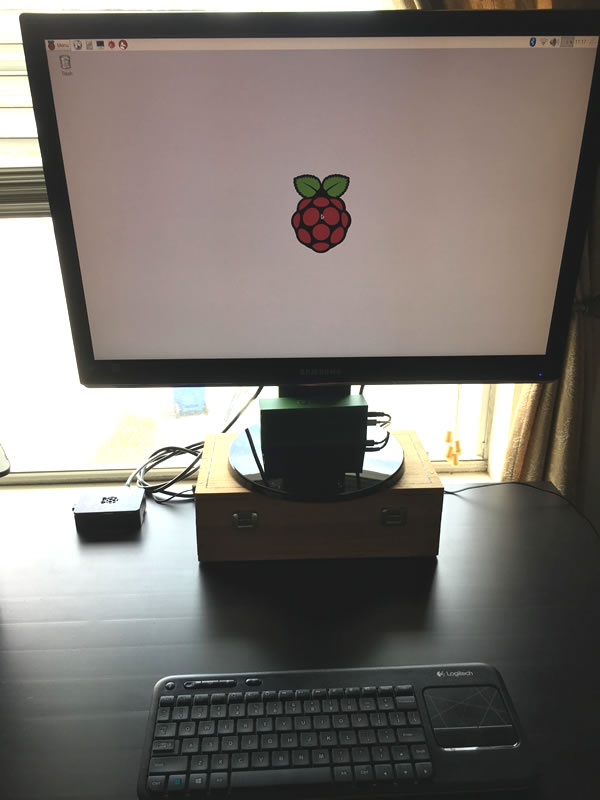
I got the Raspberry Pi 3 4 years ago as my one impulse purchase on Amazon Prime Day 2016 (in mid-July of that year), and made regular use of it until around early 2018, when I used it for a Sonic Pi programming demo. It was high time to bring it back to active duty.
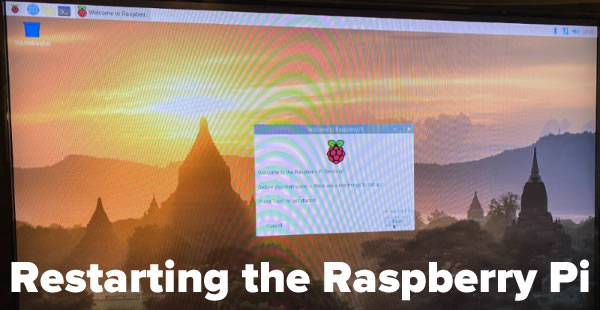
The Raspberry Pi’s “hard drive” is actually a microSD card that fits into an easily-accessed slot near one of the edges of the board. The process of updating the Pi’s OS is pretty simple: You use the Raspberry Pi imager on another computer with an SD card slot (and a microSD-to-standard SD card adapter) to rewrite its contents.
The Raspberry Pi is a pretty good Python machine, and I may end up using it while teaching that Python course, if only to show what’s possible on a computer that’s smaller than a deck of cards (when it’s not in a case) that you can get for about $50.
Since it’s powered by an ARM chip, it offers an opportunity for a kind of programming that most other machines don’t offer: ARM assembly programming!

It looks like it’s going to become an ARM-based world:
- ARM-based chips power IoT devices,
- Smartphones are generally powered by ARM-based chips, and
- Apple’s upcoming switch from Intel x86-based chips to their own ARM-based silicon is likely have wide-ranging impact across the PC industry.
With this upcoming sea change, it doesn’t hurt to have some familiarity with ARM assembly language. Even though smartphones have ARM chips, the Raspberry Pi is a much better platform on which to learn ARM assembly, as it allows you to do development and execution in the same place.
It may have been a while since I’ve done assembly language programming — first on the 6502 in high school on Apple ][s and Commodore PETs, and later in university on NS32000 boards connected to Digital Unix machines — but I found my return pretty simple. It didn’t take long for me to cobble together a “Hello World!”-style app on the Pi.
Watch this blog for ARM assembly tutorials!